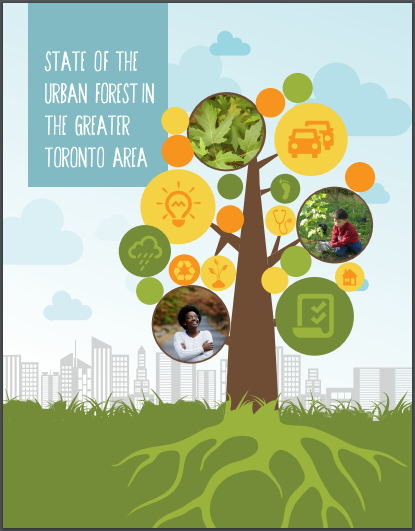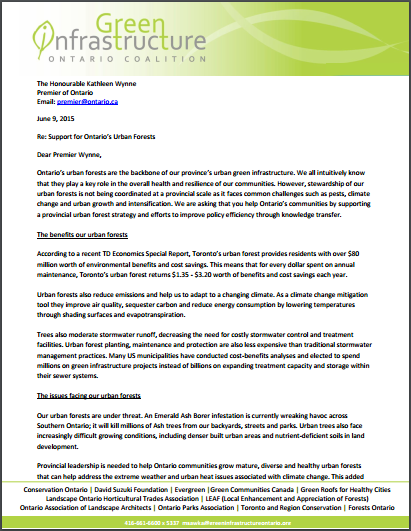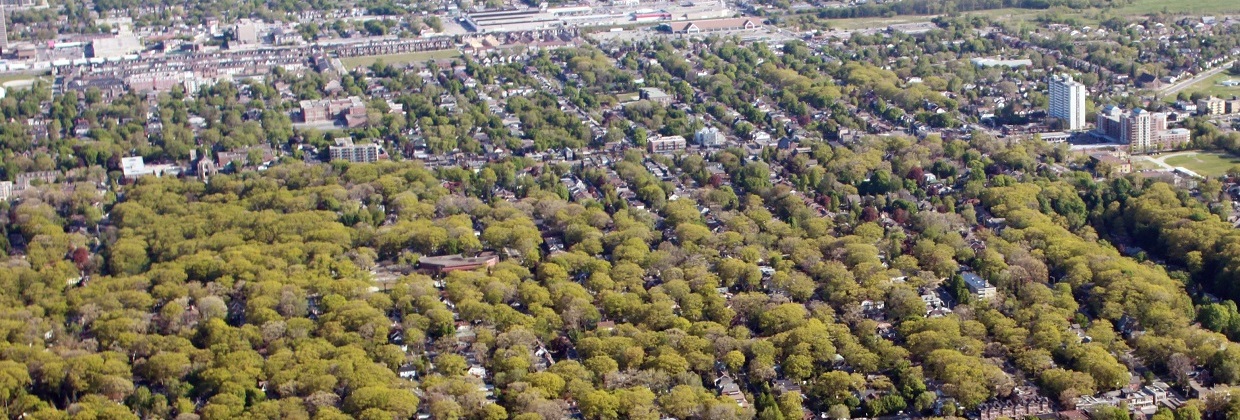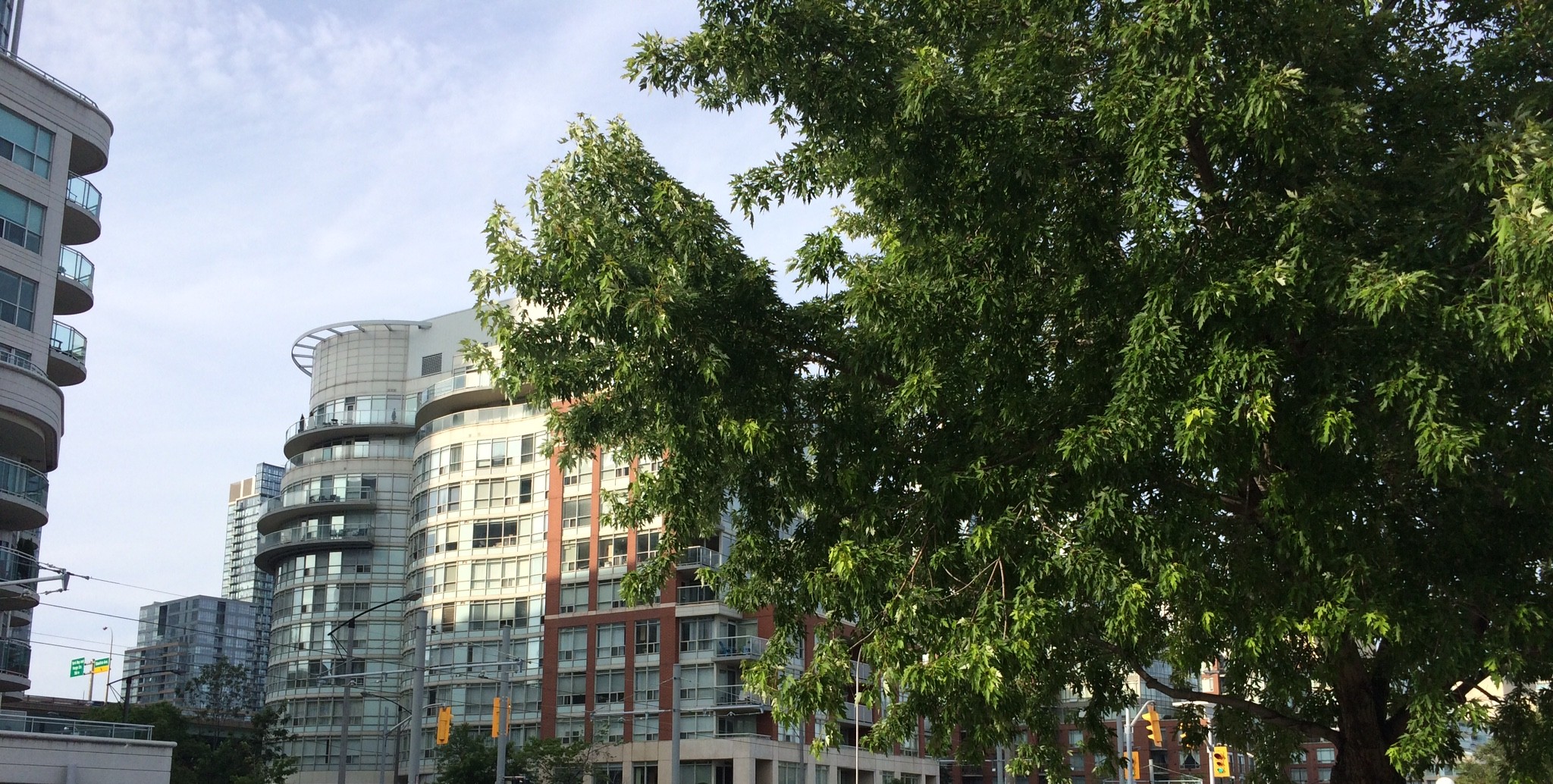
Urban Forests: Overview
Urban forests are infrastructure assets in Ontario communities that are chronically underfunded and lack support from higher levels of government.
Why it Matters
Urban forests play a vital role in helping communities adapt to and mitigate climate change, reduce air pollution, sequester carbon and save energy through natural heating and cooling. But urban forests are facing increasingly difficult growing conditions. Exotic pests, more frequent and severe storms, and the loss of soils in urban developments all contribute to stressed urban forests. In order to contribute to healthy, resilient communities, these valuable assets need to be managed proactively and supported consistently across the province.
What GIO is Doing
The Green Infrastructure Ontario Coalition is urging the Province to work with us in developing an Ontario-wide urban forest strategy. We are working toward this goal through provincial outreach and education.
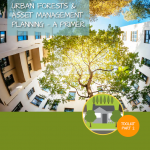
Urban Forestry Toolkit
GIO’s urban forestry toolkit is a set of documents that support those working to improve urban forest management across the province. This toolkit builds upon our 2015 report Ontario’s Urban Forests: Call to Action and was developed with input from professionals around the province.
The first piece of the toolkit can help build the case for the value that urban forests provide as a municipal asset – with the goal of integrating urban forest management into municipal asset management plans. Read the bulletin on communicating the benefits of the urban forest in a municipal context HERE.
The second document in our toolkit helps urban forest managers understand how urban forest assets fit into the municipal asset management planning process. Read the urban forest asset managment primer HERE.
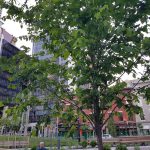
Urban Forest Asset Management Workshops
GIO hosted several urban forest asset management workshops in the fall of 2017 to help build a common understanding of best practice in this emerging field. Experts and urban forest managers presented best practices and case studies from local leaders. See the presentations HERE.
State of the Urban Forest in the Greater Toronto Area Report
GIO’s State of the Urban Forest in the Greater Toronto Area report is a landmark effort drawing on data from 17 municipal and regional governments in the Greater Toronto Area to provide a comprehensive overview of the local urban forest. The report identifies the key benefits of the urban forest and outlines the challenges and opportunities associated with maintaining and growing this vital resource. Read the full report HERE.
Ontario’s Urban Forests: Call to Action
Ontario’s Urban Forests: Call to Action outlines the current issues in urban forest management in Ontario, and proposes four strategic priority areas for protecting and enhancing the vital green infrastructure that our urban forests represent. You can read about the call to action below, or download a copy HERE.
Letter to Premier Wynne
In a June 2015 letter to Ontario Premier Kathleen Wynne, we emphasized the benefits that urban forests provide, outlined the issues facing the urban forest, and suggested specific ways that the Province can support urban forest stewardship at the community level — namely, working with GIO to develop an Ontario Urban Forest Strategy, and supporting urban forest knowledge transfer. Read the full letter HERE.
Ontario's Urban Forests: Call to Action
Ontario is the birthplace of urban forestry. The discipline originated in research conducted by Erik Jorgensen at the University of Toronto in 1965. His work represents the first recognition that urban trees provide environmental benefits in addition to amenity and recreational value.
Now more than ever, there is a critical need to sustain large, healthy, genetically appropriate trees and shrubs on public and private land through long-term planning and budgeting, inclusive decision-making, and strategic policy development that supports adaptive management. Comprehensive urban forest support must extend well beyond tree-planting initiatives.
Management of urban forests is often considered the sole responsibility of municipal governments. In reality, responsibility should be shared by private citizens, community groups, schools and other institutions, as well as industry and provincial and federal governments. Successful management frameworks must recognize that the urban forest is part of a complex system that includes the built environment, and is influenced by human activities and policies and practices that shape Ontario’s urban regions.
The Ontario’s Urban Forests Call to Action aims to increase the collective capacity of all urban forest stakeholders in the province. The goals:
-
- To promote a collective agenda for necessary policy changes.
-
- To create a platform for collaborative action towards key strategic priorities.
-
- To support the exchange of resources, knowledge and expertise from across the province.
Call to Action: Our Four Strategic Priorities
| STRATEGIC PRIORITIES | ACTION | OUTCOME |
|
|
|
|
|
|
|
|
|
|
|
|

